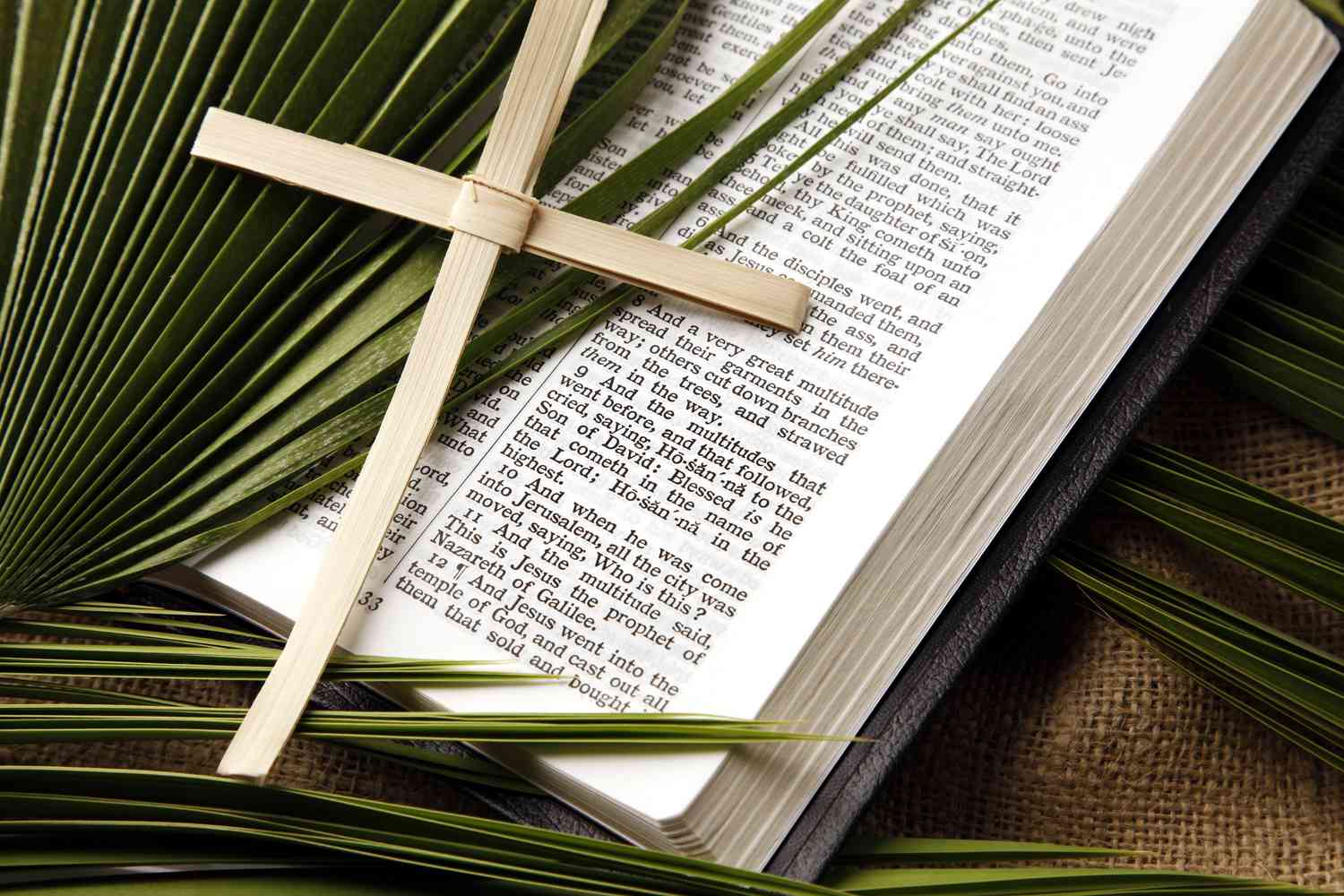By Mugerwa Mark Jude
Alokolum National Major Seminary
markjudemugerwa@gmail.com
One can be drawn to wonder about the gist of Palm Sunday. On contemplating this, questions like what is the essence and significance of palm Sunday to the Christian community? In an attempt to come up with an answer to this question, one can explicitly come to know and acquire the facts in the Dern of this memorial feast in the Catholic church.
Palm Sunday is also often called Passion Sunday in the Christian tradition. It is the first day of Holy Week, commemorating Jesus Christ’s triumphal entry into Jerusalem. The first name comes from the fact that it commemorates Jesus’s Triumphal entry into Jerusalem when the crowd had palm branches. (John 12:13). The second name comes from the fact that the narrative of the Passion is read on this Sunday.
Holy week starts on Palm Sunday and ends on Easter Sunday. Pam Sunday celebrates the day that Jesus rode into Jerusalem on the donkey. The use of a donkey instead of a horse is highly symbolic, it represents the humble arrival of someone in peace, as opposed to arriving on a steed in war. A week later, Christ would rise from the dead on the first Easter. It is associated in many churches with the blessing and procession of palms. The day is now officially called Passion Sunday.
In the Byzantine liturgy, the Eucharist on Palm Sunday is followed by a procession in which the priest carries the icon representing the events being commemorated. It begins with a blessing and procession of palms. Prime attention is given to a lengthy reading of the passion, with parts taken by the priest, lectors and the congregation. Worthy to note is that this day commemorates some very significant events in Jesus ‘life.
Jesus claims the right of kings, known throughout antiquity, to requisition modes of transport. The use of an animal on which no one had yet sat is a further pointer to the right of Kings. The old testament gives a deeper meaning to this episode. Jesus is making a royal claim; he wants his path and his action to be understood in terms of the Old Testament that are fulfilled in his person. In Zechariah, a “Zealot” exegesis of the kingdom is excluded: Jesus is not building violence; he is not instigating a military revolt against Rome. His power is of another kind: it is in God’s poverty, God’s peace, that identifies the only power that can redeem.
The spreading of garments belongs to the tradition of Israelite kingship. (2 Kings 9:13) What the disciples do is a sign or gesture of enthronement in the traditions of the Davidic kingship, and it points to the Messianic hope that grew out of the Davidic tradition. The pilgrims who came to Jerusalem with Jesus are caught up in the disciple’s enthusiasm and now spread the garments on the street along with Jesus. This was a customary practice for people of great respect.
They pluck branches from the trees cry out the verses of Psalm 118, the words of blessing from Israel’s pilgrim liturgy, which on their lips becomes a Messianic proclamation. “Hosanna! Blessed is he who comes in the name of the Lord! Blessed is the kingdom of our father David that is coming!! Hosanna in the Highest! (Mk 11;9-10; Ps 118:26). Hosanna was a word of urgent supplication, meaning something like: come to our aid! The priests would repeat it in a monotone on the seventh day of the feast of the Tabernacles, while possessing seven times around the altar of Sacrifice, as an urgent prayer for rain.
Gradually the cry changed into a shout of jubilation with the changing of this event into a feast of praise. In proclaiming this the emotions of the pilgrims accompanying Jesus and his disciples: joyful praise of God at the moment of the processional entry, hope that the hour of the Messiah had arrived, and at the same time prayer that the Davidic kingship and hence GOD’S kingship over Israel would be reestablished. Palm branches were a sign of peace and victory, hence their preferred use on Palm Sunday.
Some of the palms used on this day are burned the following year to serve as ashes for Ash Wednesday. Lent proper begins on Ash Wednesday and ends on Palm Sunday, a day that in turn inaugurates Holy week. Holy week is a time of more intense fasting, reading and prayers, in which we pray particularly to the final days, suffering and execution of Jesus Christ. In conclusion, the colours of the Mass on Palm Sunday are red and white, symbolizing the redemption in blood that Christ paid to the world.
Do you have a story or an opinion to share? Email us on: dailyexpressug@gmail.com Or follow the Daily Express on X Platform or WhatsApp for the latest updates.

